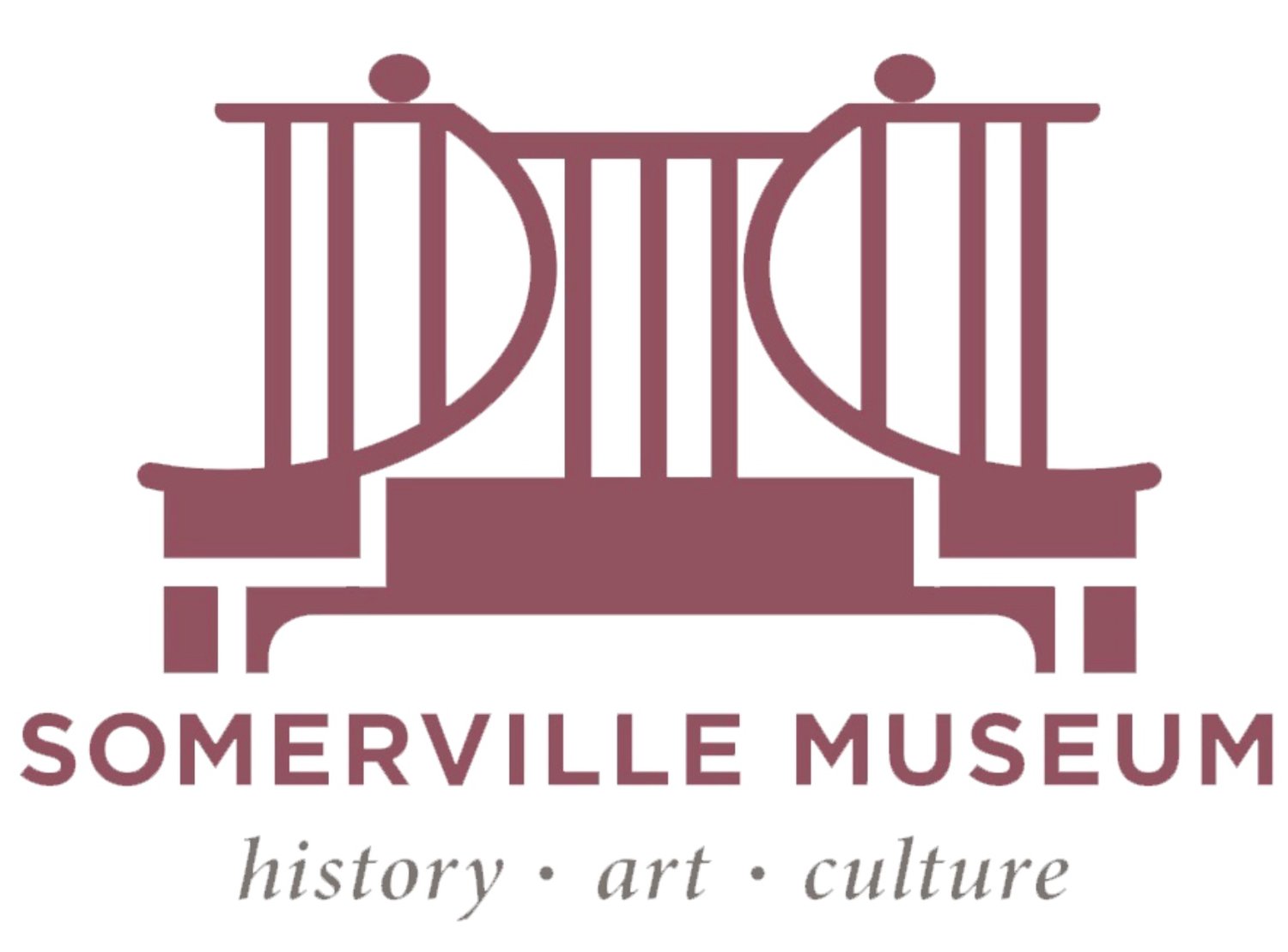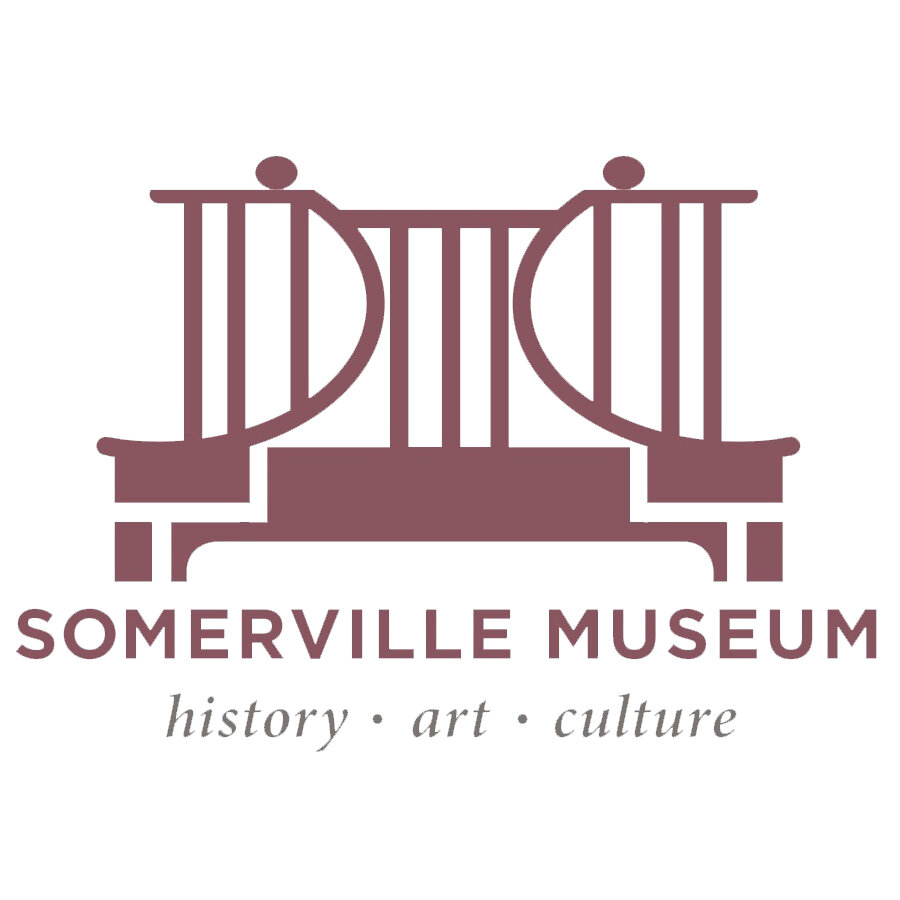LOST THEATRES OF SOMERVILLE
March 2003 to April 2004|Curated by David Guss
Lost Theatres of Somerville was one in a series of exhibitions and public programs presented by the Somerville Museum designed to explore intricate relationships between Somerville’s past and present. The Lost Theatres of Somerville project was a multi-disciplinary examination of the architectural, commercial and cultural significance of fifteen motion picture theatres built and operated in Somerville, Massachusetts, over the course of the 20th century. Dotted throughout the city, these theatres formed a reference point for each of the neighborhoods they were located in. Equally important to the entertainment provided on the screens were the social aspects of movie-going and of the way theatres themselves were incorporated into the fabric of the city. Early motion picture theatres often became for their audiences not just a physical location, but a nexus of personal and cinematic memories, experiential as well as architectural landmarks. Not only did they define neighborhoods but they also structured emotional experiences, marking life’s most important social transitions. Not incidentally, they also served as important commercial and economic anchors around which a multitude of small, family-run businesses flourished. This project created, through visual and textual documentation and oral history, a record of this rich cultural and architectural past. A work of urban archeology, it explored the cultural, physical, and emotional history of Somerville as it related to the movie-going experience, and demonstrated the essential role of cultural institutions in the creation of neighborhoods and communities.
Although many of the sites of Somerville’s theatres have been physically altered or destroyed, and they are quite literally lost and forgotten, the theatres which once were located in Somerville are among the most historic and significant operated anywhere in the country. Taken together, the story of Somerville’s theatres retraces the history of movie-going in the United States. Somerville’s first full time motion picture theatre opened in 1905. Located on the second floor of the Odd Fellows Hall, proprietor (and city Alderman) Arthur Pearson called his 726 seat nickelodeon “Pearson’s Perfect Pictures”. A number of other theatres converted from other uses soon followed. The Star operated in Union Square from 1908-1914. The Highland, a Knights of Columbus Hall, was in operation from 1914 until 1921-22. The Day Street Olympia and the Cross Street Orpheum, both converted from church sanctuaries, opened in 1913 and 1916, respectively.
The first theatres newly constructed in the United States with motion picture viewing specifically in mind were designed and built by Thomas Lamb in New York City. These were the Regent, opened in February, 1913, followed by The Strand in April, 1914. The Somerville Theatre opened less than two months later in May of 1914 in Somerville’s Davis Square. Designed by architects Funk and Wilcox, like its New York counterparts, the Somerville Theatre featured a program of live vaudeville and repertory theatre, as well as Hollywood film productions. A second theatre dedicated to motion pictures, known as Hurst’s Broadway, opened down the street from Pearson’s theatre in November, 1915. A number of additional movie houses opened in Somerville in the late teens and early twenties, culminating with the over 1700 seat Broadway Capitol, an Art Deco masterpiece opened in March of 1927 by local magnate Albert Locatelli. These historic theatres were supplanted in more recent times by the modern day Assembly Square Mall Theatre, a shopping center multiplex.
Today, of Somerville’s original historic movie houses, only one remains in operation. The Somerville Theatre Davis Square is one of the oldest continuously operating theatres in the country. According to current owner Mel Fraiman, the Somerville Theatre not only still features a lively mixture of film and live entertainment, as it did when it opened in 1914, but it is the only theatre in the United States where live shows are routinely staged while films are screened in the adjoining theatres.
In 2001, the National Trust for Historic Preservation placed “historic American movie theaters, nationwide” on its list of Most Endangered Historic Places. In the case of Somerville’s theatres, for many years the public debate concerning the future of the theatres has for the most part been absent while the disused structures have been demolished to make way for parking lots or converted into retail uses, office space, and luxury condominiums. Without judging past theatre renovations or prescribing a particular future use for any remaining theatre site, a sense of public awareness and appreciation may be created by focusing attention on the historic significance of Somerville’s theatres. The educational component which was associated with this project was thus extremely timely and relevant in so far as it aimed to inform and to encourage discussion around such questions as: What is a local treasure? How is the past best recognized and preserved in urban settings? What is the relation between social institutions and the intangible construct that we call a “neighborhood”?
The following history of Somerville's Theatres and the Lost Theatres project was published in Marquee, The Journal of the Theatre Historical Society of America 38,1 (2006): "Lost Theatres of Somerville," by David M. Guss (PDF, 5.1 MB)
Go to the Lost Theatres of Somerville website for more information and photos




